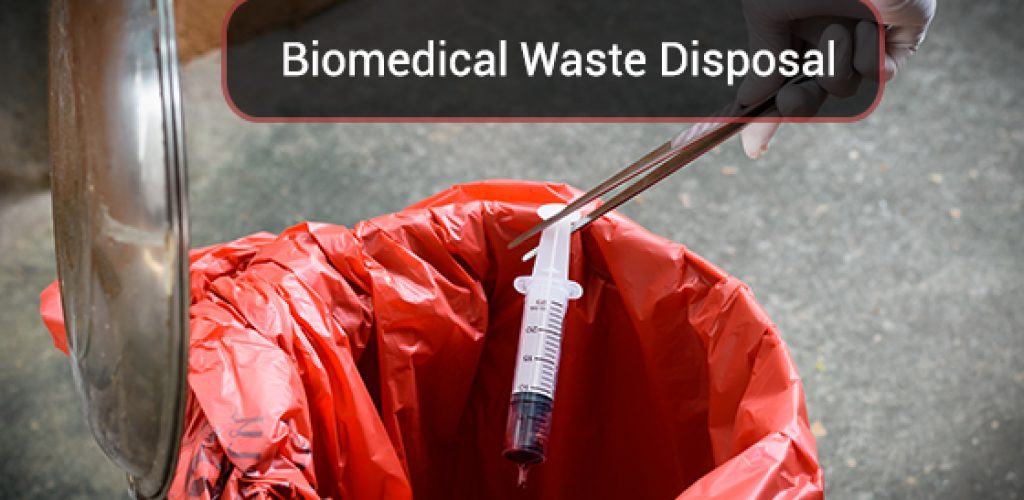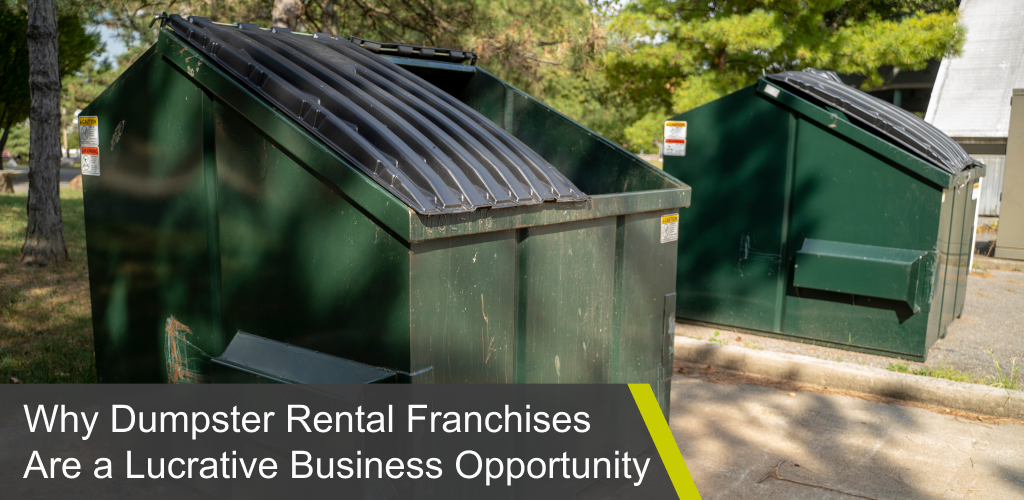All About Hospital Guidelines For Waste Disposal

Hospital waste is comprised of many different types of waste, including biomedical waste, which is regulated by the Ministry of the Environment and Climate Change via the Environmental Protection Act. The institutions that create biomedical waste, such as medical (healthcare and veterinary) facilities, dentists’ offices, tattoo parlours, funeral homes, research labs, and so on, know that they’re required to dispose of the waste properly.
Biomedical waste includes biologic products such as tissues or blood, removed from laboratories, operating rooms, morgues, or other medical facilities, as well as syringes, bandages, bedding, and similar materials that have been used to treat patients or handle body parts or animal carcasses used in research.
Hospital waste is considered one of the most intricate waste streams of any industry. It is produced in different forms and by different processes, and includes:
-
Biohazardous waste—sharp items, red bag wastes containing potentially infectious pathogens;
-
Solid trash;
-
Hazardous waste—chemicals, solvents;
-
Recyclables—paper, cardboard;
-
Radioactive waste;
-
Compostable waste.
Medical waste treatment and waste disposal is still a fairly new concept. Until recently, many healthcare facilities combined all waste together, and then sent it to be incinerated. Unfortunately, this leads to environmental pollution, especially in the form of emissions of two toxic pollutants: mercury and dioxin.
Hospital Waste Segregation and Packaging
Although biomedical waste represents less than 10% of waste generated by hospitals and other healthcare facilities, it poses one of the biggest risks to public health and the environment. As such, it is critical that it is segregated and managed carefully.
Segregation (or separation) and identification of health care waste is the most important component of effective hospital waste minimization and management. The disposal of regulated medical waste (RMW) is more costly than other waste, so hospitals should learn how to separate RMW efficiently. This is a fairly straightforward process that involves the following two steps.
-
Assessment of the specific types of waste that your facility generates. Your preferred waste disposal company can help you conduct an audit to assess your waste streams and deal with the different types of waste you generate
-
Your facility should then create a simple waste management plan to help avoid cross-contamination of the various waste streams.
Final Note
It is not unusual for overly cautious employees to toss all waste, from pizza boxes to coffee cups, into the RMW collection containers. But including non-RMW items simply drives up your waste removal costs unnecessarily. To avoid this, you should set aside time for the waste disposal company to train your hospital staff, so they understand what should be collected as RMW, and what shouldn’t.













